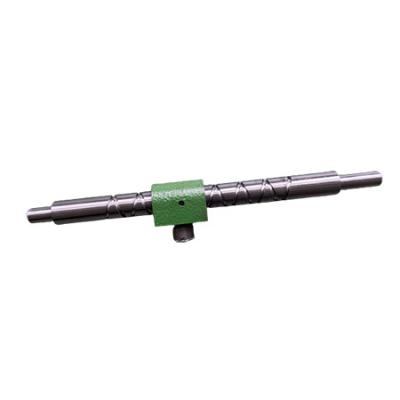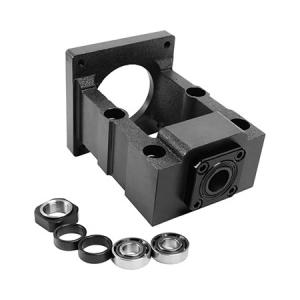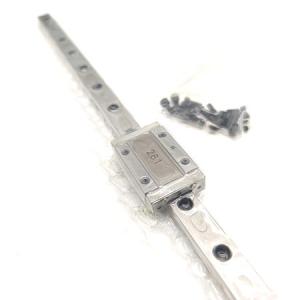Reversing screw diameter 40mm
Material #45 carbon steel
Surface treatment milling out
The working length is nearly 300mm
With sliding block as drawing
https://grabcad.com/library/self-reversing-screw-with-sliding-block-continuous-linear-1
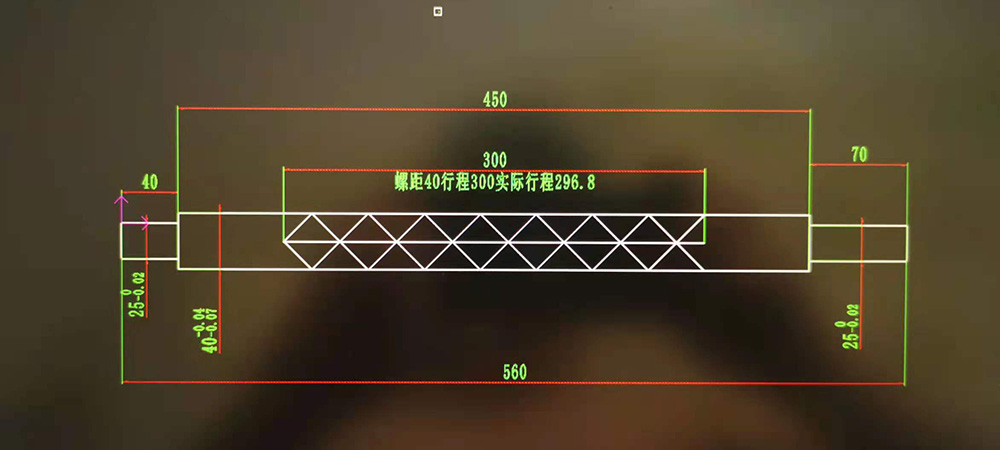
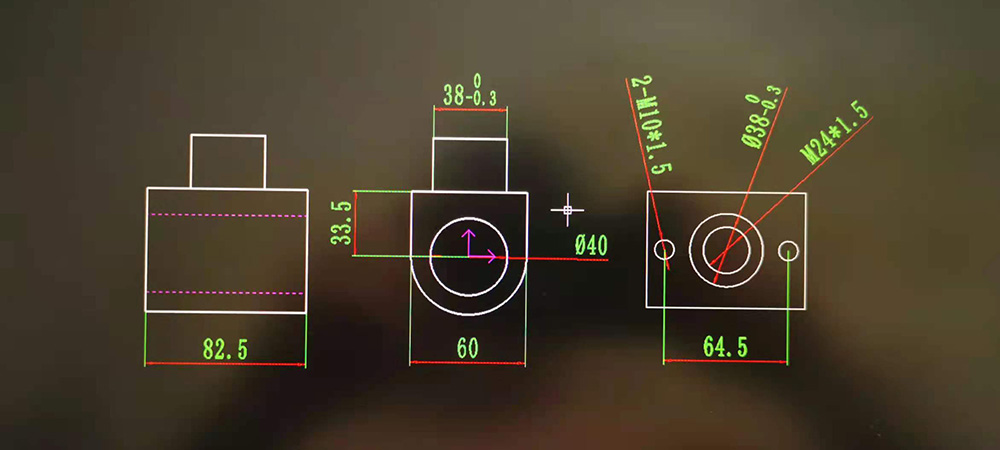
Reciprocating screw with tongue and its sliding block for the direction change VS ball bearing block which is similar with ball screw But can change the direction mechanically at its working length limit.
Ball Reciprocating Screw
Reciprocating screw block, as usual, is the tongue type which is metal, in Chinese the part may be called as Crescent or it can be called as Spooling Shaft Pawl. The tongue can be worn out easily which is very similar to a lead screw with a brass nut.
To overcome the problem, a ball bearing block reciprocating screw is invented, which is similar to the ball screw and the ball nut combination.
BS2020-80W is a reversing screw, diameter 20mm and 80mm working length with ball bearing block which is also known as Ball Reverser.
1. Why do I choose a reciprocating screw other than a lead screw?
The answer is that you can use an AC or DC motor to run continuously without considering the direction change, this will be more price-competitive on drive and control.
2. Why reciprocating screw with ball bearing block is recommended?
The answer is the same as above that the drive and control will be easier. And the life span is longer than the reversing screw with tongue riding block.
3. Where the reciprocating screw is used?
Winch Spooling Shaft is one of these applications as an example. Spooling shaft which is a reciprocating screw can be used in various winches.
Level winder typically refers to a device used in fishing reels to evenly distribute fishing line onto the spool. It ensures that the line is wound neatly and evenly, preventing tangles and ensuring smooth casting and retrieval. This mechanism is especially useful in modern fishing reels, where it helps manage the line effectively during both casting and reeling in fish. Some level winders are manual, while others are automatic, driven by gears or other mechanisms within the reel.
